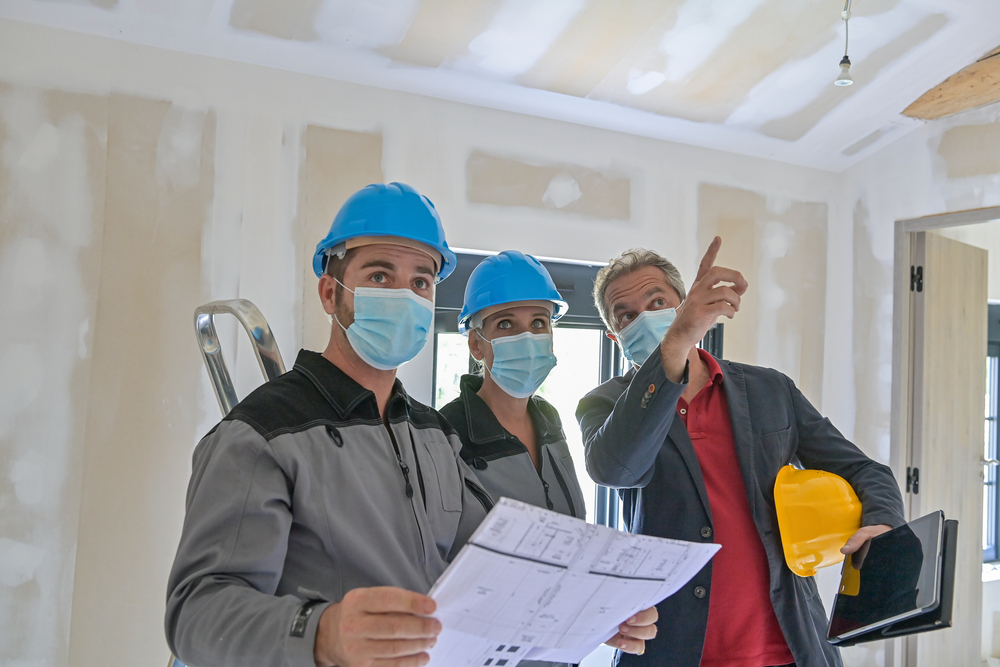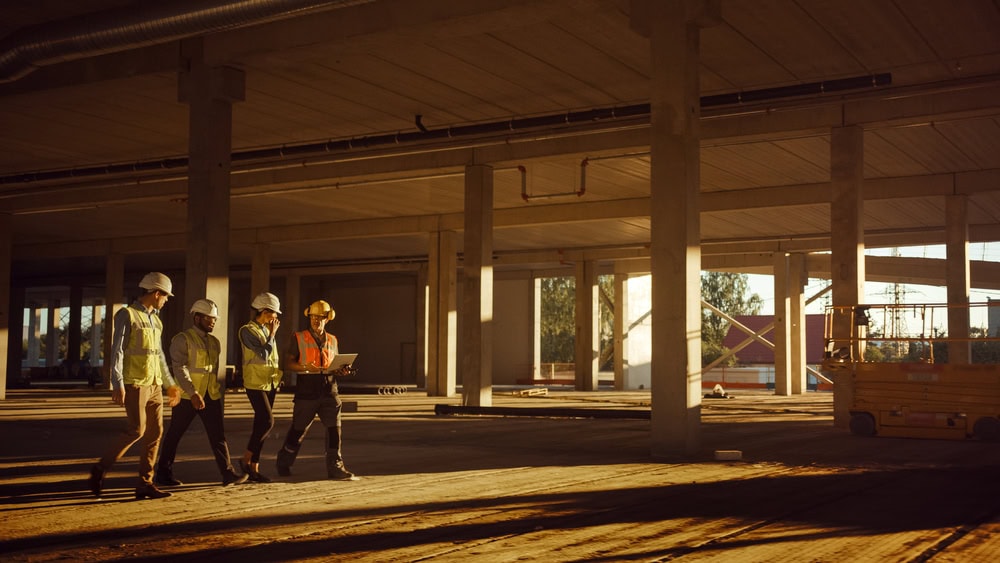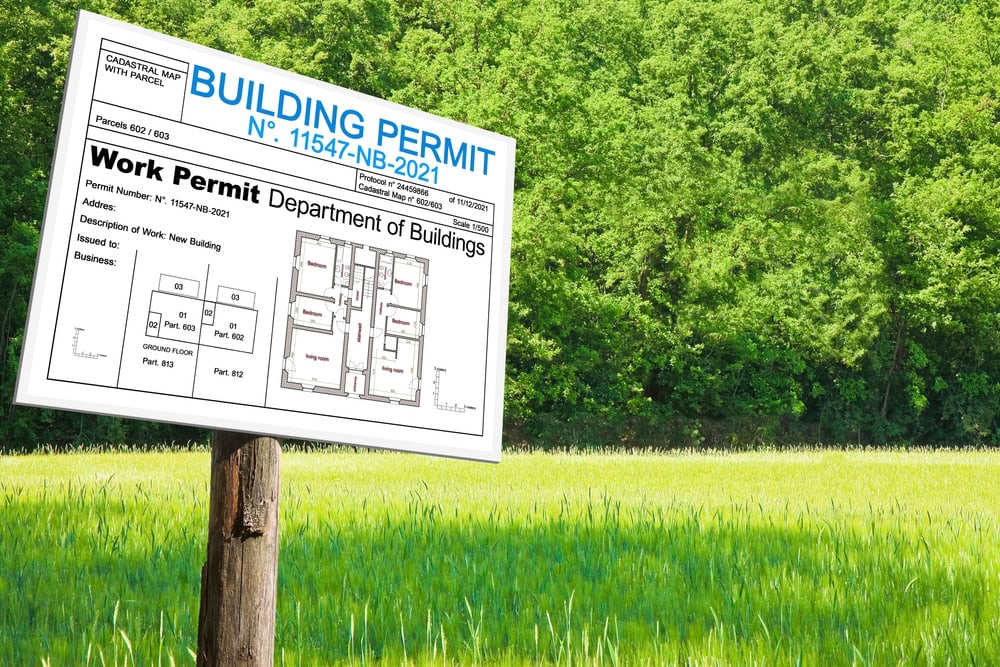What Jobs Can A General Contractor Do In California?
With over 100,000 license holders in California, Class B General Contractors make up the majority of construction professionals in the state. As masters of the basics of construction, general contractors know the fundamentals of every aspect of building – and are responsible for making sure the project comes out the way it’s supposed to. What … Read more










